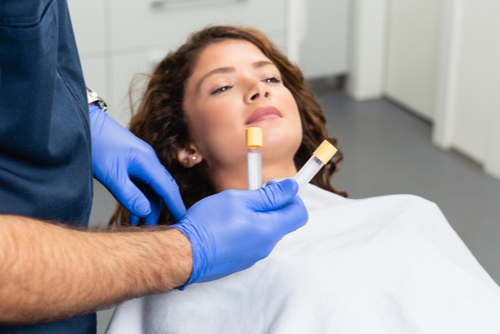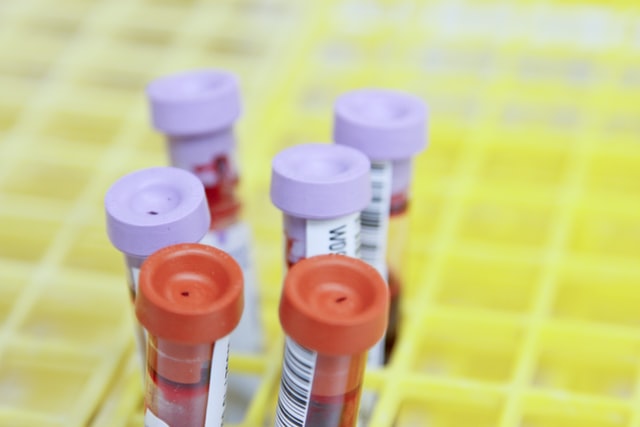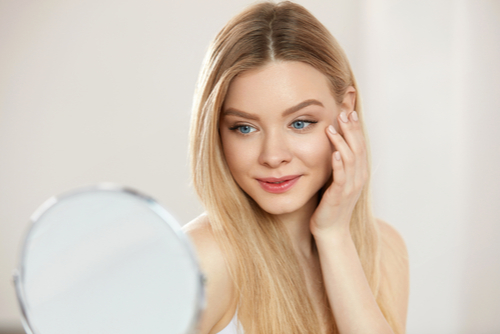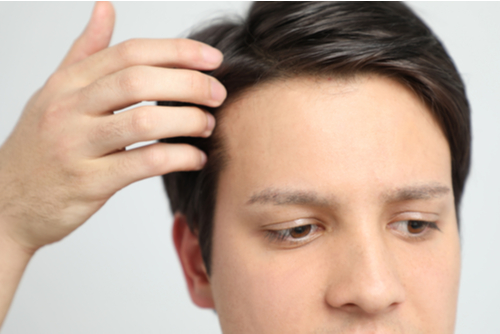
Platelet rich plasma injections are a fairly minor procedure. However, there are some preparations that your injector may ask you to take. One of these includes avoiding caffeine the morning before your procedure. Many patients end up asking, “Can I drink coffee after PRP injections?”
First, let’s start off with why your injector may instruct you to avoid caffeine. Caffeine can increase blood flow and both speed up and worsen bruising. Therefore, there are not any major complications from having caffeine, but if having PRP injections in a visible place like under the eyes, it is often important to patients that they do not end up with a major bruise.
Normally, you can have small amounts of caffeine, but if you bruise easily, you may want to wait until the next day to continue with regular caffeine consumption. Your injector will provide more personalized instructions after evaluating your medical history and knowing your specific procedure.
To learn more and schedule a consultation, call us at 206-279-2112. You can also reach out online via chat or contact form.











